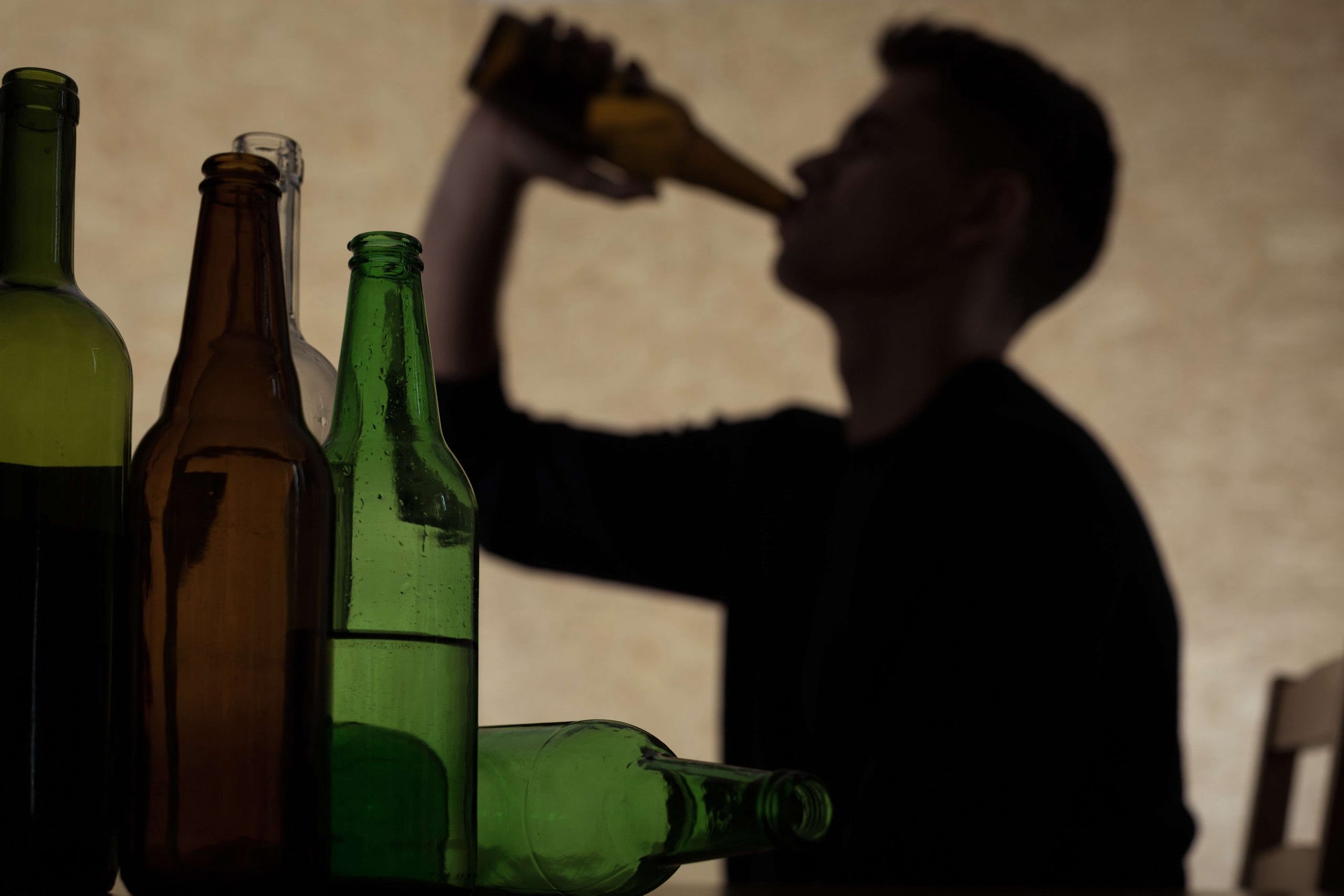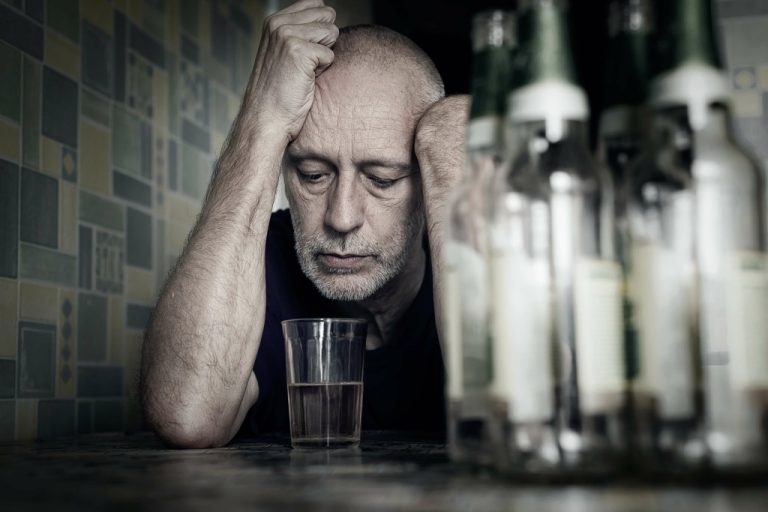If you’re experiencing frequent night sweats, regardless of alcohol intake, it’s important to consult with a healthcare professional to rule out any potential medical issues. If you suffer from hyperhidrosis and are considering consuming alcohol, it is important to understand how this can impact your condition. When drinking alcohol, it is broken down into by-products in the body. These by-products can cause an increase in sweating, leading to even more discomfort if why do i sweat so much the day after drinking you already experience excessive sweating due to hyperhidrosis. Therefore, people with hyperhidrosis should be aware of the potential side effects that may come with drinking alcohol before they decide to consume it.
Common Symptoms of Alcohol-Related Night Sweats
If you are alcohol dependent and suddenly stop drinking, you will be prone to excessive sweating. Long-term drinkers are also more likely to be battling an alcohol substance use disorder, which means they are more likely to deal with alcohol withdrawal. One of the symptoms of alcohol withdrawal is perspiration and night sweats. Eating food before or while drinking alcohol can help slow down its absorption and potentially reduce sweating. Foods high in water content can also aid in hydration, which may lessen sweating.
What are the Health Risks Associated with Alcohol?
Alcohol is known to stimulate the nervous system and increase heart rate, which creates a potential trigger for the body’s natural cooling mechanism—sweating. For anyone with hyperhidrosis, this heightened response could mean more pronounced and widespread sweating. Chronic alcohol misuse can lead to dependence, which means the brain and body require the presence of this substance to function without serious distress. Someone who is dependent on alcohol and suddenly quits drinking will experience alcohol withdrawal symptoms. Well, alcohol intake may lead to night sweats by speeding up your heart rate and widening your blood vessels, triggering the release of perspiration. What alcohol consumption really does is disrupt your ability to regulate your body temperature.
- Alcohol addiction and alcoholism are closely related but have some distinct differences.
- Your body needs to eliminate the harmful substances that have accumulated due to excessive alcohol consumption.
- This could help to regulate the body more efficiently, which could improve health.
Symptoms of craniofacial hyperhidrosis
Alcohol sweats occur when you produce more perspiration than usual after drinking. I supposeif you rolled that way, you could, but otherwise, not so much.There are absolutely no side effects from drinking another personssweat. So the humidity doesn’t letyour sweat evaporate so the sweat stays on you. So functionally or physiologically, the sweat glandsget the parasympathetic nerve supply. We understand that seeking help can be challenging, but you don’t have to face alcohol problems alone.
Alcohol addiction and alcoholism are closely related but have some distinct differences. If you are struggling with an alcohol use disorder, ask your doctor about treatment options such as counseling or medication-assisted treatment. People with alcohol intolerance may experience discomfort even with small amounts of alcohol, prompting them to avoid it altogether. Understanding the various factors contributing to night sweats is key in determining the appropriate action for effectively addressing this symptom. If this is the case, alcohol detox and addiction treatment will be very helpful.

With personalized strategies and comprehensive support, Zinnia Health is committed to helping you achieve a life free from the constraints of alcohol. Take the first step towards a brighter, alcohol-free future with Zinnia Health today. These night sweats can be unsettling and disruptive to sleep patterns, requiring attention and understanding. “Sweating actually assists with your body’s thermal regulation, skin hydration and helps balance our fluids and electrolytes,” explains Holtz. Now that we understand how caffeine affects the nervous system and triggers the release of adrenaline, let’s explore the specific mechanisms behind caffeine-induced perspiration. People who wrestle with night sweats often want to know how quickly alcohol leaves their system.
Common Symptoms of Night Sweats After Drinking

You may wonder how much sweat per day is “normal.” There’s no true normal because everyone sweats at their own rate. And finally, we equipped ourselves with practical tips for managing these pesky night sweats – staying hydrated being one key aspect among others. The first step towards alleviating these symptoms is considering quitting drinking altogether. The detox process is a difficult but necessary step in overcoming alcohol dependence. When it comes to alcohol and sweating, the relationship is far from simple.
Why am I always sweating so much?
Alcohol withdrawal may be treated pharmacologically under a physician’s guidance. This involves alcohol detoxification and taking medications such as benzodiazepines (Valium, Ativan), carbamazepines (Tegretol, Depakote), valproic acid, or other types of drugs. However, because the body is unable to sweat in one location, the procedure may cause compensatory sweating in other areas. Doctors tend to prescribe oral medications in cases where the symptoms are severe. The reasons for this differ depending on whether it is primary or secondary. Men generally tend to sweat more than women, but some women sweat more than others.
Alcohol can be socially accepted, which sometimes hides how easily problems can snowball. Over time, physical tolls include high blood pressure, liver damage, and increased cancer risk. Emotionally, addiction can lead to depression, anxiety, or strained relationships with loved ones.
Finally, personal habits such as drinking coffee in the morning or late at night and drinking multiple cups in a day can affect whether a person will sweat after coffee. Those who drink coffee after a stressful day at work or before bedtime may be more prone to sweatish behavior due to the combination of stress and caffeine. This https://www.recoverjustice.com/accounting-wikipedia-2/ one might be a bit obvious, but warm foods and drinks can increase sweating after eating, because they warm you up, causing you to sweat—usually around your lips, nose, or forehead. To combat that rise in blood sugar, your body releases a hormone called insulin. If your insulin levels get too high, it causes something called hypoglycemia, or low blood sugar, which can cause sweating.
- For some, complete avoidance may very well be the only solution to managing excessive sweating when it comes to alcohol.
- Alcohol can contribute to sweating due to its effects on the circulatory and central nervous systems.
- If you need to drink a hot beverage throughout the day, switch to tea to get a caffeine kick and appease your regular coffee habits.
- Perimenopause typically begins in the mid 40s but can vary depending on individual circumstances.
People with hyperhidrosis are at a higher risk of developing skin infections, including bacterial, viral, and fungal Sobriety infections. In addition, warts may appear on the skin as an accompanying skin condition. AddictionResource.net, and its parent company Recovery Guide LLC, is not a treatment provider and does not offer medical advice or clinical services. We receive compensation from Treatment X in exchange for ad placement. This advertisement is clearly marked and is separate from our editorial content. Night sweats can generally be described as unusual or excessive sweating during the night hours.
If there’s an underlying condition causing you to sweat more than usual, treatment for that illness may solve the problem. If your sweating is caused by an underlying condition, your doctor will need to address that first. Treating the underlying issue may help resolve excessive or unusual sweating. In fact, research shows that excessive sweating can affect all aspects of your life. If you shake some grounds into the filter “until it looks right,” you might be consuming extra caffeine. Follow the measurement instructions outlined on the coffee container, and adjust up or down based on your sweating response.


No Comments